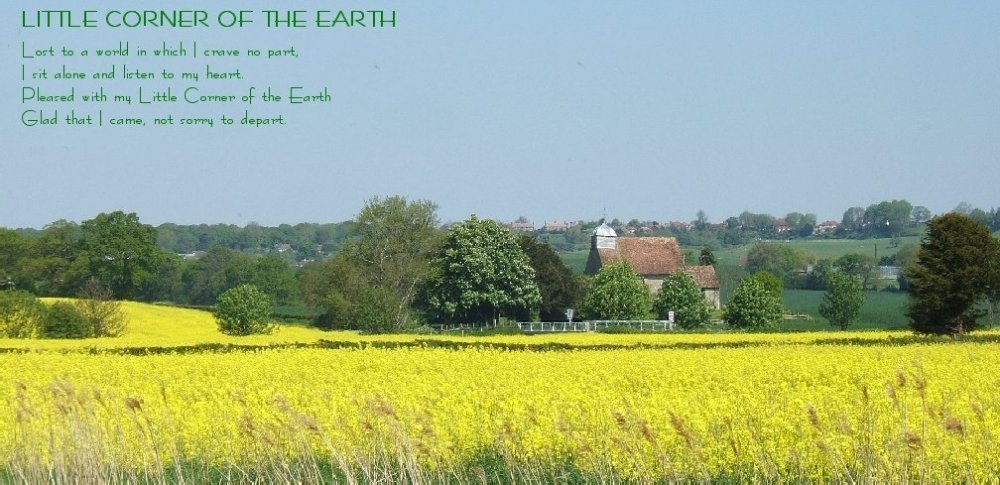As can be seen from the map below The Isle of Oxney was once, really, an island in the nascent Romney Marsh area of Kent (my "Little Corner"). Before the Marsh was drained ("inned" in middle English) this was the vast estuary of three rivers, Rother, Tillingham and Brede.
The name of the island is, in fact, a tautology. Oxney in Old English meant "Oxen Island", so we now are calling it "The Isle of Oxen Island". But an interesting story is attached.
In the late 18th century excavations under the south transept of the church of Stone-in-Oxney revealed a Roman altar about 3 feet high. It is known that early Christian churches were often built on the site of Roman temples and the altar, although heavily weathered, once had depictions of a bull on all four sides. Naturally thoughts at the time turned to the worship of Mithras, but it wasn't "his" bull and has since been related to Apis, a bull-worship that came with the Romans from Egypt.
At that time the locals did not want a pagan object in their church so it was removed down to the site of the old Ferry House Inn, which originally was the only way across to the mainland. The ring at the bottom of the stone was probably added at that time to secure horses when calling at the inn. Eventually after much weathering a more enlightened time rescued it and it is now displayed once more, with pride, in the church.
So, where did it come from? It was made from Kentish ragstone , the nearest quarry being near the Roman Saxon Shore fortress, (Portus Lemanis) near Hythe (see map). Why was it there? Does the island's name give a clue? Were oxen reared there and worshipped as Apis? The small village of Stone-in-Oxney takes its name from it.
Topography and history again! (and where a jaunt on an ebike can take you)



